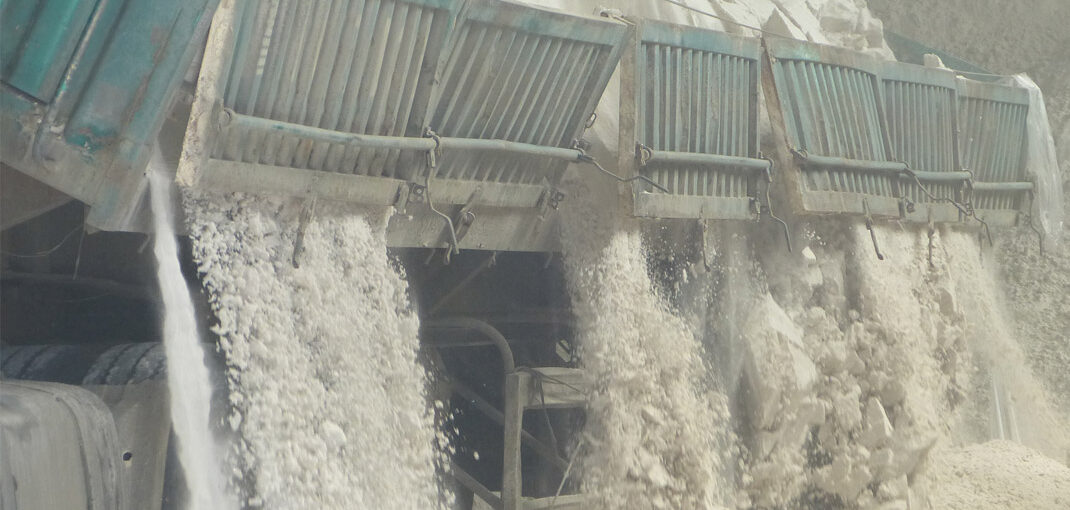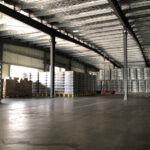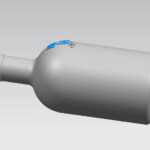According to the relevant data of search, recycling 1 ton of cullet can replace 1.2 tons of raw material (silica, soda ash, and limestone, etc.), and can reduce 0.67 tons of CO2 emissions per ton of finished glass. That means using cullet 100% Ground instead of raw material, can reduce 58% of CO2 emissions…
How the glass recycling could contribute to the environment?
When recycle one ton of waste glass, it can save 720 kilograms of quartz sand, 250 kilograms of soda ash, 60 kilograms of feldspar powder, 10 tons of coal, and 400 degrees of electricity.
One ton of waste glass can regenerate 20,000 500-gram wine bottles after returning to the furnace, which is 20% less expensive than using new raw materials.
The energy saved by recycling one glass bottle can light a 100-watt light bulb for about 4 hours, run a computer for 30 minutes, and watch a TV show for 20 minutes.
The recycling of waste glass can not only save disposal costs and land space for environmental but also reduce environmental pollution. Authorities say that when cullet content accounts for 60% of the total batch, it can reduce air pollution by 6% to 22%.





